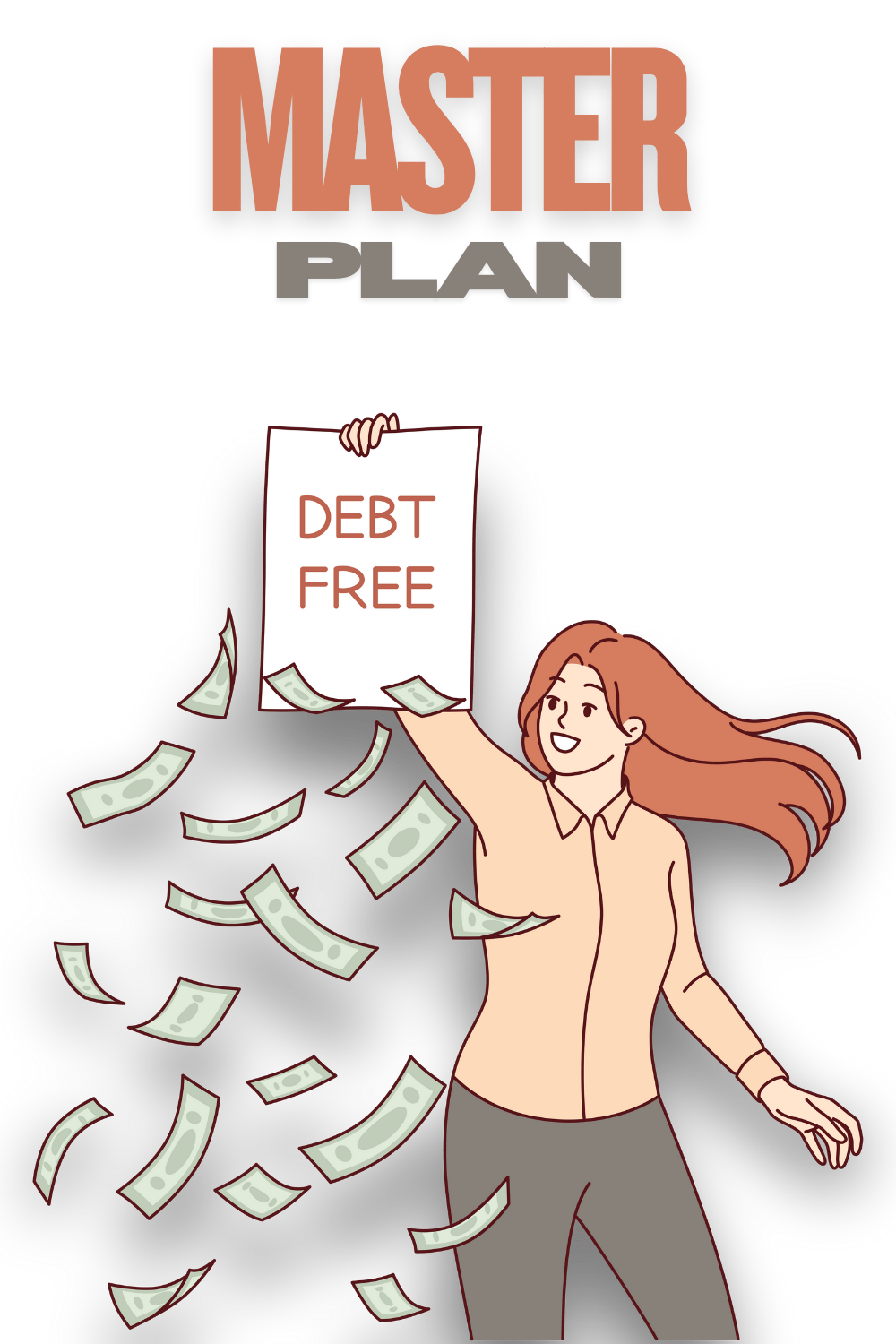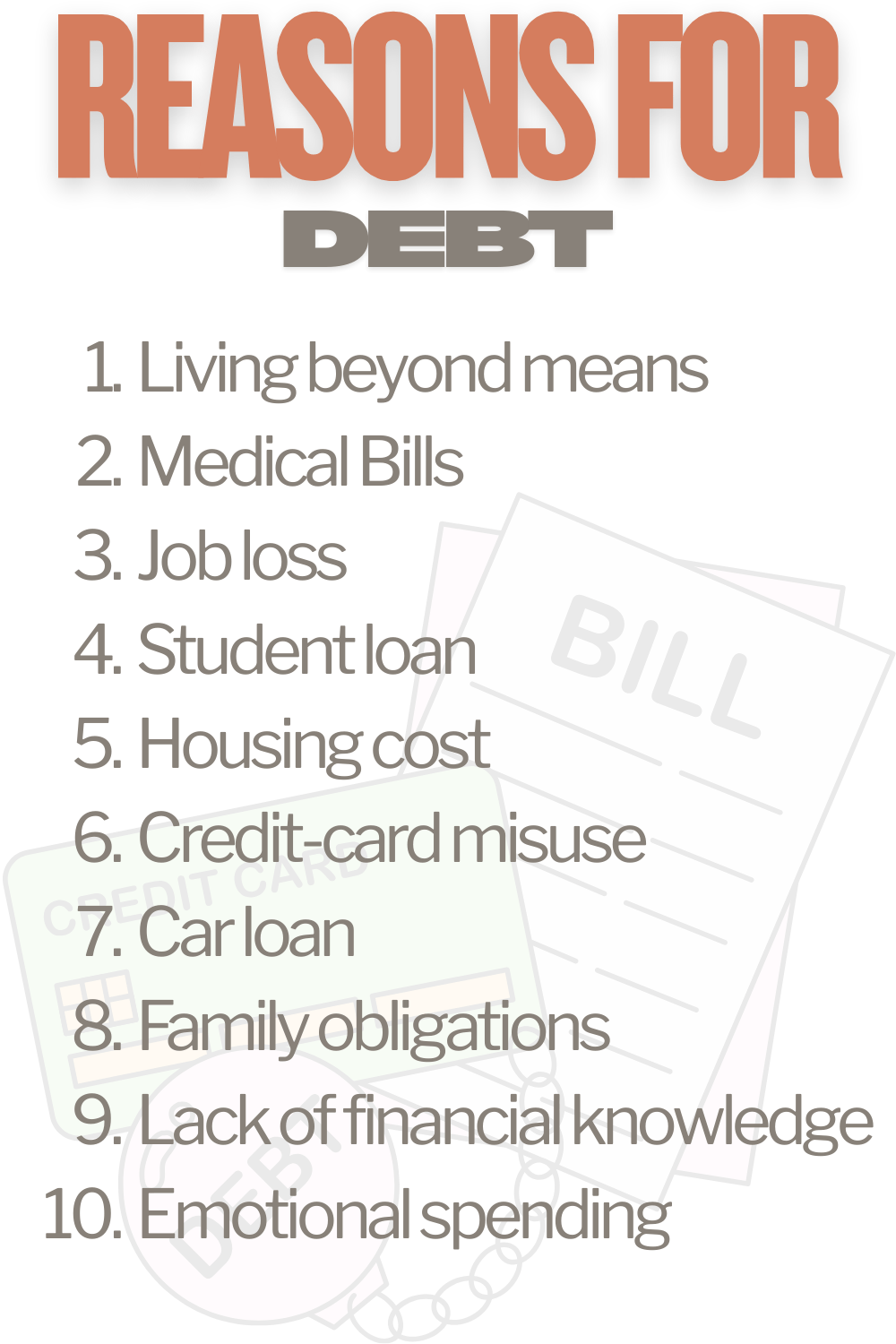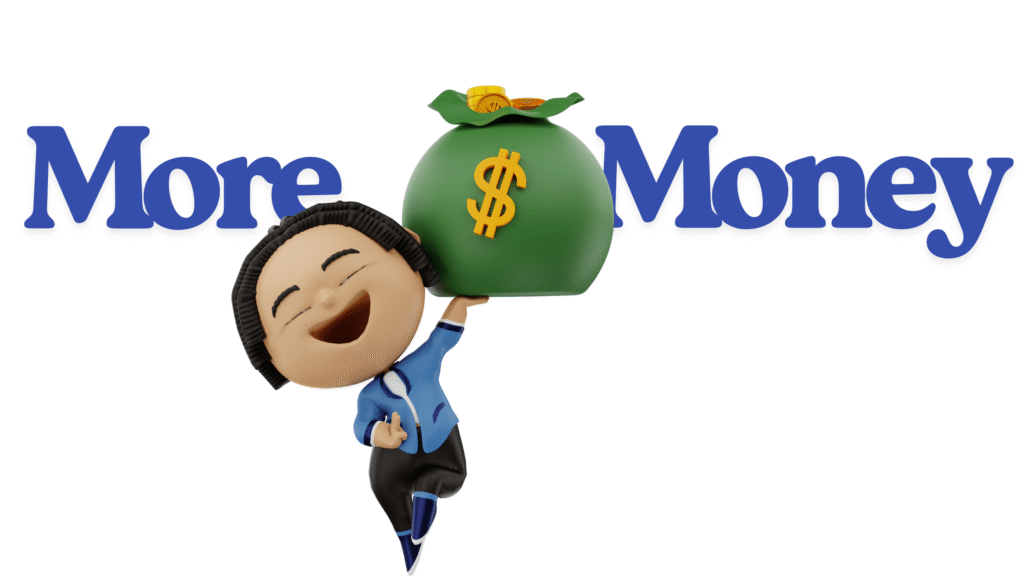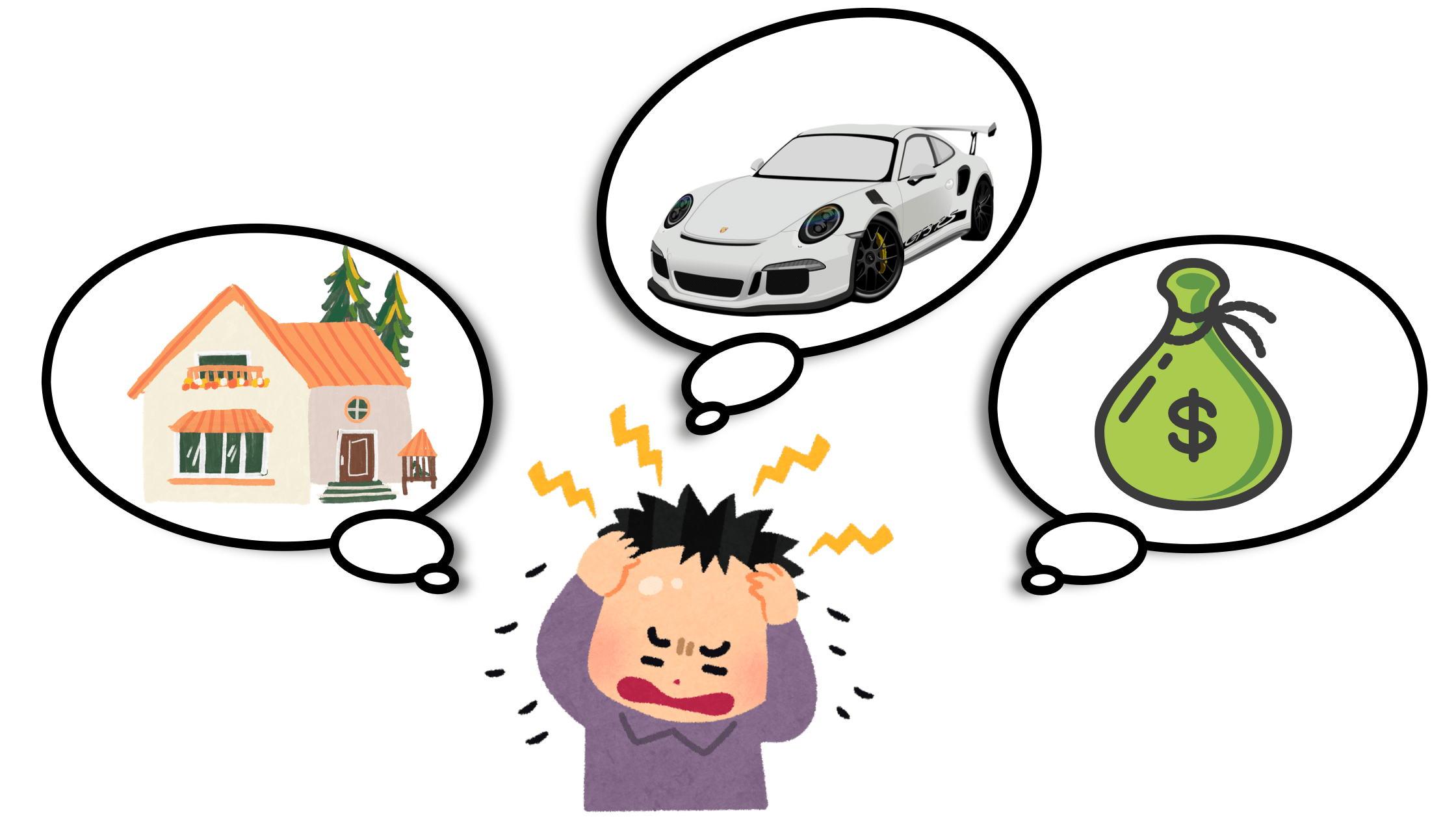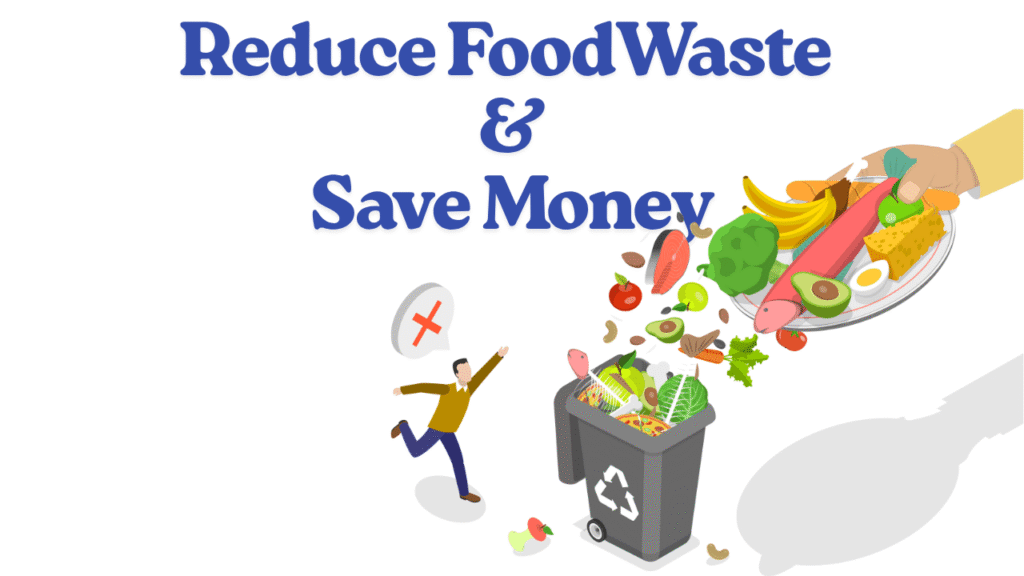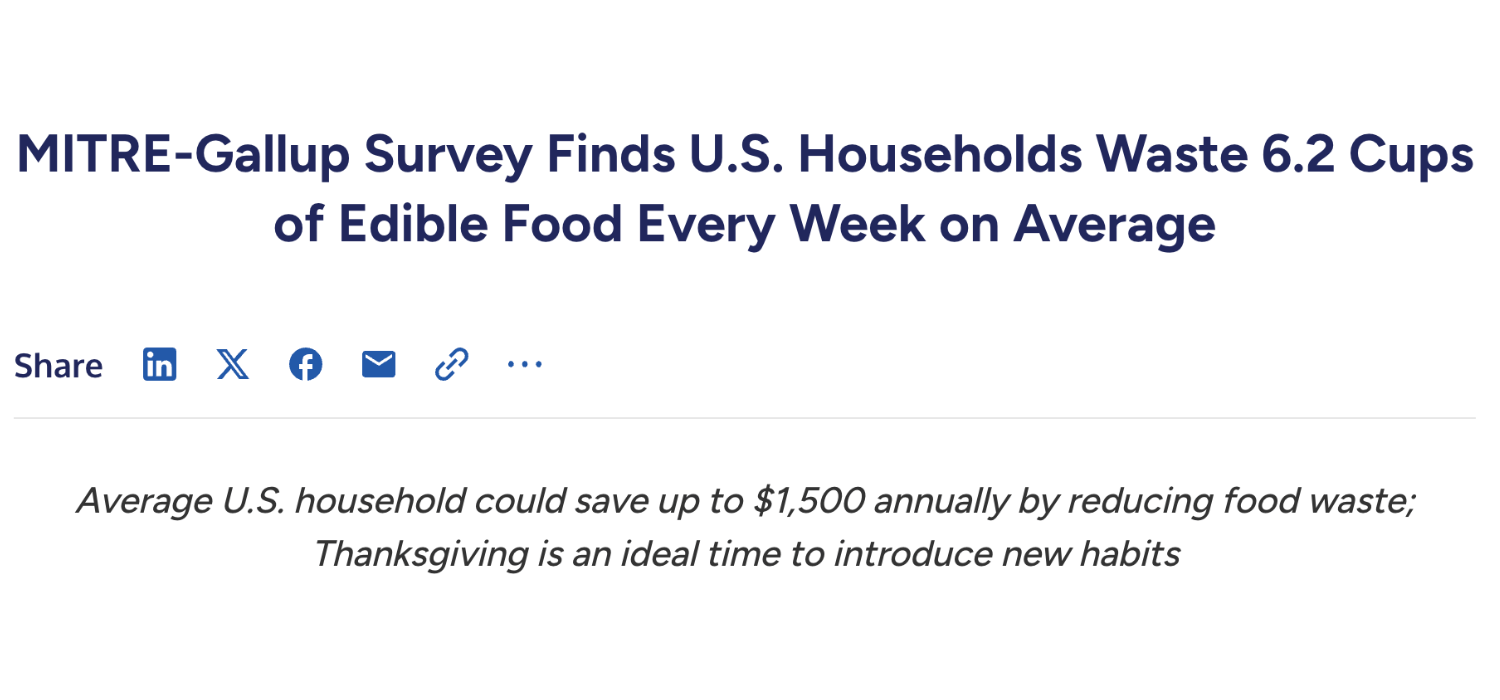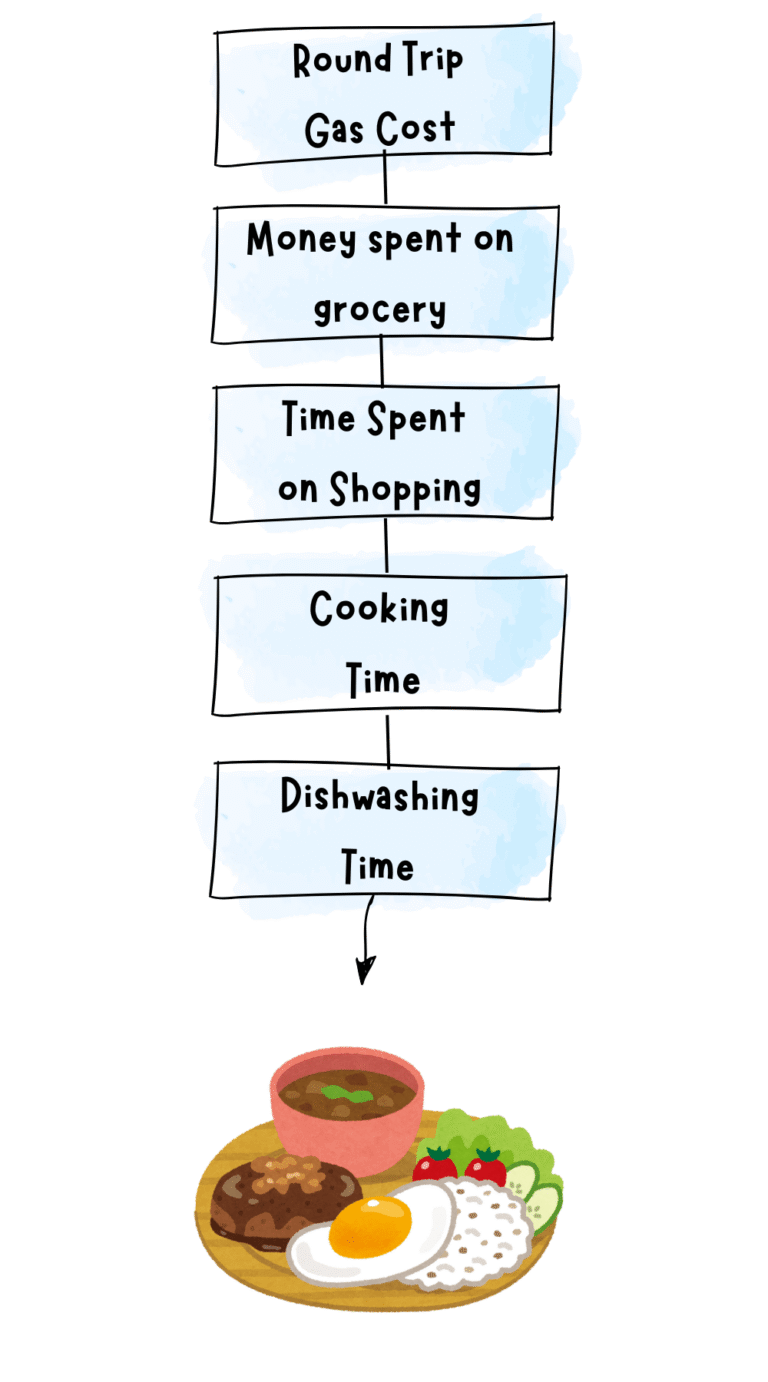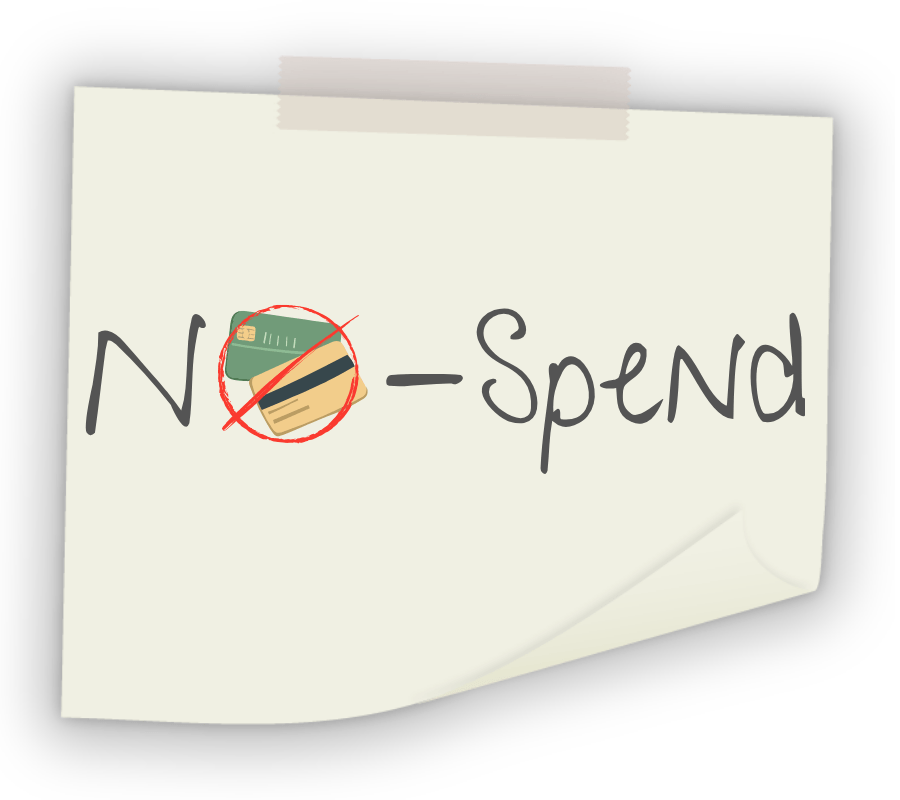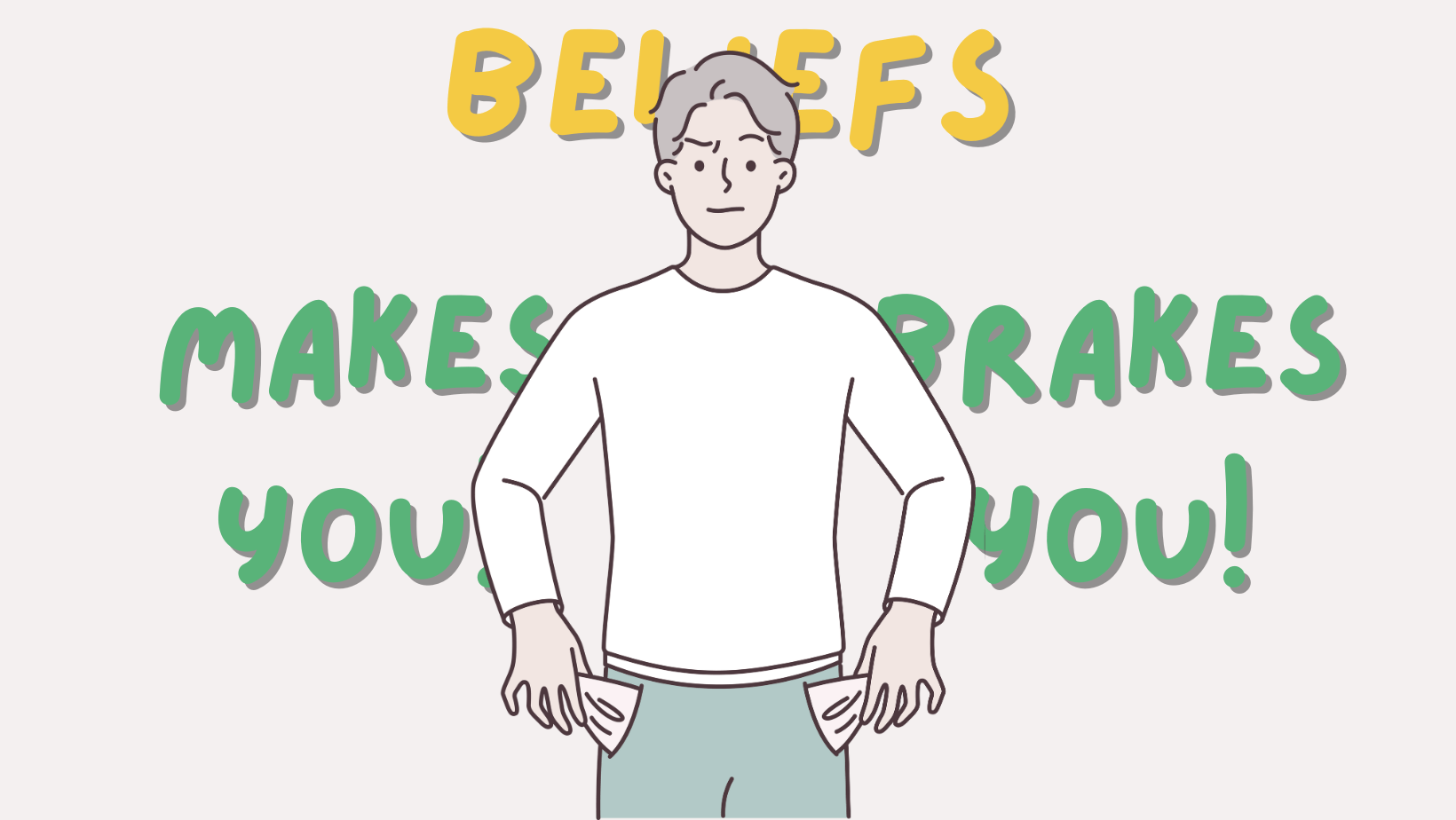Hate Coupons? Here’s How to Cut Your Grocery Bill By 30% Without Them
By: A. Gokkul
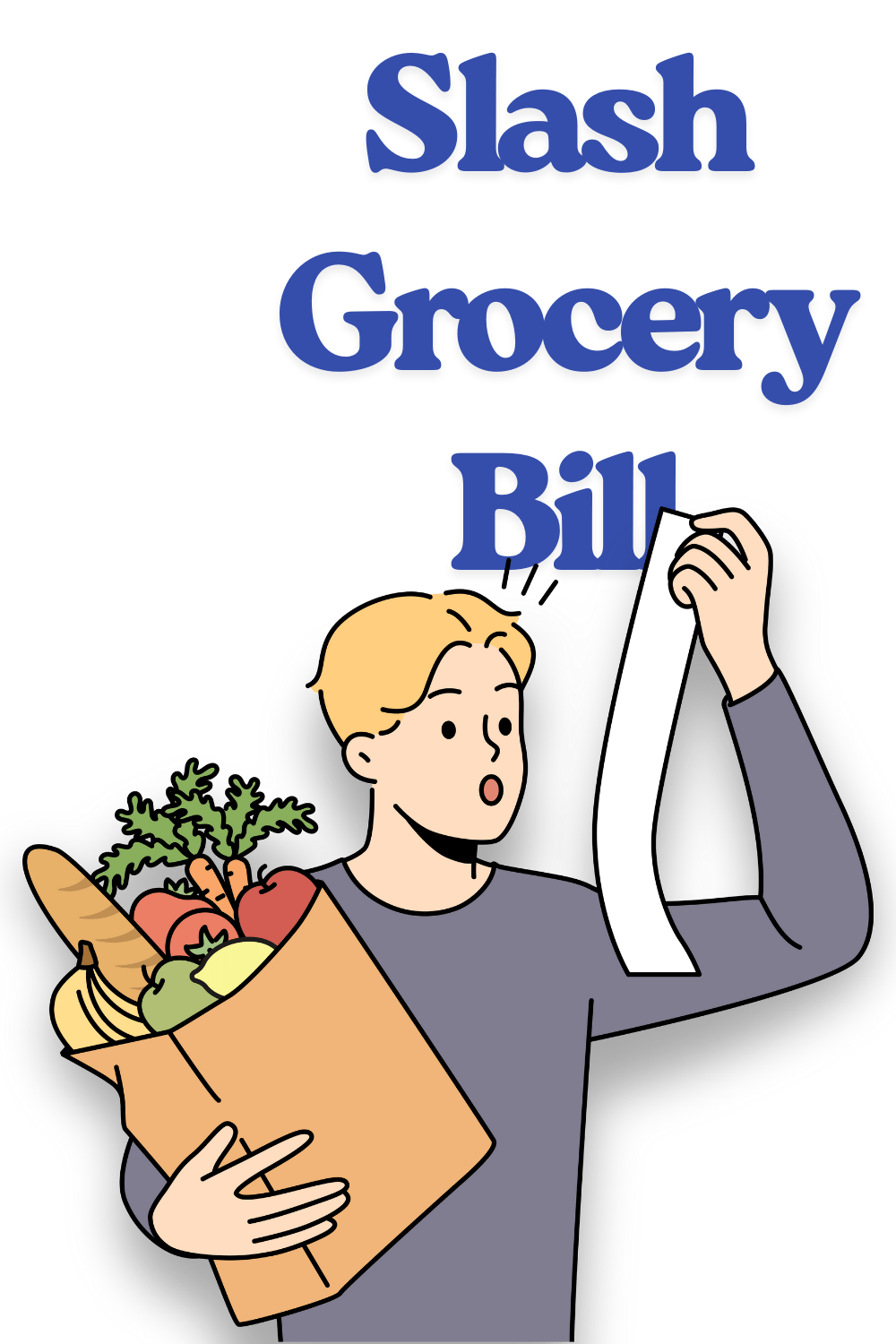
Table of Contents
Do you hate clipping coupons? Don’t worry, you’re not alone.
If the thought of hunting down deals and scanning barcodes makes your head spin, no problem, I’ve got your back.
You don’t need a folder full of coupons to slash your grocery bill.
In fact, with a few smart moves and everyday hacks, you can cut your spending by 30% (or more) without touching a single coupon.
Let’s dive into the real money-saving tricks that actually work, and no scissors required
1. Plan Your Meals Ahead
Meal planning is a total game-changer.
Create a quick menu for the week and build your grocery list around it. You’ll dodge buying a bunch of random crap you’ll never use, and it keeps you from tossing out food that goes bad. It saves you cash and cuts the food waste significantly.

